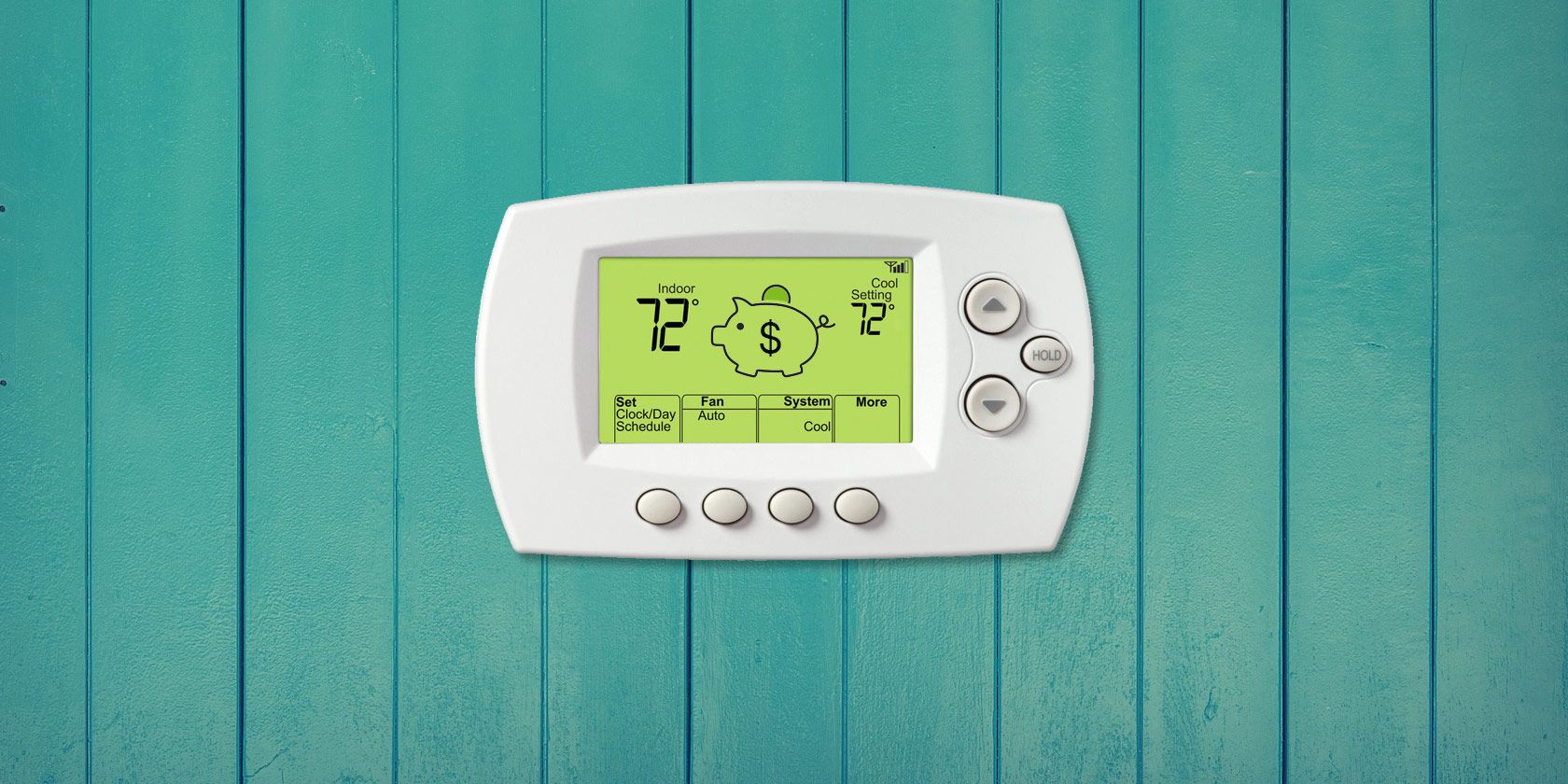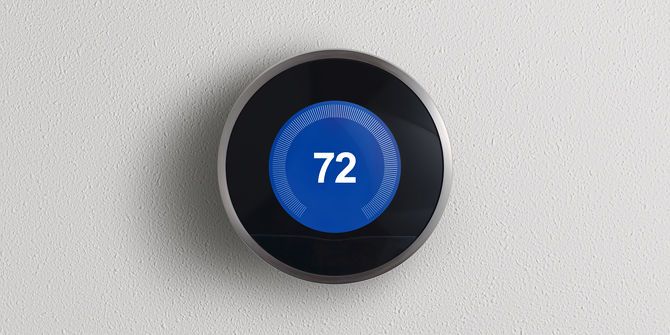An important question homeowners can ask: is it better to keep your thermostat at a constant temperature or to adjust it as needed? It depends, and we'll cover the reasons why in this article.
To Maintain or to Adjust?
To help with energy efficiency, you could do things like unplug electrical devices when you're not using them. But you may still want to do more. You may wonder if it is more efficient to maintain temperature or to adjust your thermostat throughout the day.
For these questions and more in this area, there are two common schools of thought. The first states that you should set your thermostat to a target temperature and leave it there, even when away from home for extended periods. The reason being: it takes more energy and money to heat a cold house or to cool down a hot house than it takes to maintain a steady temperature.
The second school of thought is that you should turn off the thermostat when you're away from home for an extended period of time. The reasoning here is that the energy saved during those off-times will make up whatever extra costs are incurred by heating a cold house or cooling a hot one.
Only one of these strategies will end up saving you more in the long run, depending on your situation. To settle this debate once and for all, we must turn to the science of thermodynamics—the way that heat distributes itself throughout the home.
The Basics of Heat Transfer
Is it better to keep your thermostat at a constant temperature? Let's crunch the numbers.
When considering home temperatures, three temperatures in particular are paramount: the current temperature, the target temperature, and the difference between these two temperatures, or the delta temperature (ΔT). Once you've identified these values, you can calculate the optimal heat strategy for your home.
This is the basic equation for heat flow (Q):
A is the total area of your home.
U is a rating number that represents how quickly your home loses heat. This is also known as thermal transmittance.
Thermal transmittance is found by adding the resistivity, R, of the materials that make up the building, such as the drywall, the insulation, the framing, and any exterior elements. You'll use the reciprocal of that number to calculate U.
If you don't know your building materials' resistivity, you can use the reciprocal of your home's insulation rating to get you in the ballpark of your U value. Overall, the more energy-efficient your home is, the smaller the value of your U.
The greater the difference between your home's current temperature and your home's target temperature, the more quickly it will heat up (and the faster it will cool down). As your home gets closer to the target temperature, the rate at which the temperature changes will also slow down.
For example, let's say it's 50 degrees Fahrenheit in your home and your target temperature is 70. According to the heat flow equation, it takes less time for your home's temperature to rise from 50 to 60 than it does to raise the temperature from 60 to 70.
The Valve Theory Myth
You've probably heard people say that your heater needs to "work harder" when your home is cold, and it "eases up" as the temperature gets warmer. You've probably also heard the opposite about air conditioners. This is known as the "valve theory." Unfortunately, it's incorrect.
Instead, most modern heaters and air conditioners deliver a constant temperature regardless of the thermostat setting. Once your home reaches the target temperature, the system cycles on and off to maintain that temperature. In other words, whether your home is currently at 40 or 60 degrees, the temperature of the air delivered by your HVAC system stays the same.
With this information in mind, the equation above indicates that your home might be able to heat itself much more efficiently than you think. Not only that, but the difference in temperature between your heated home and the cold winter outdoors means that indoor heat is quickly transferred outside. This prompts your heater to kick back on, repeating the cycle.
On the flip side, turning off the heat will quickly cause the temperature in your home to drop. But, as it falls, so will the rate of heat loss. This is why it takes a lot of energy to maintain an indoor temperature significantly different from the outside temperature in summer and winter.
According to ENERGY STAR, in the winter, you should let the house cool down when you are not home for several hours during the day and while you sleep at night. This saves the most energy.
Is It Better to Keep Your House at a Constant Temperature?
Ultimately, it's best to adjust your thermostat when your home is empty for an extended period of time and return the thermostat to a comfortable temperature when you come home. This technique, called thermostat setback, is why smart thermostats like the Nest can save you so much money.
According to Energy.gov, general thermostat guidelines state that you should set your thermostat to:
- 68 degrees Fahrenheit in the winter when you're at home and awake.
- 78 degrees Fahrenheit in the summer when you're at home and awake.
Additionally, the Refrigeration Service Engineers Society says that, if you want to stay comfortable, the most efficient thermostat swing (or temperature difference up or down) should be no more than ±2 degrees.
You should also lower the thermostat by 7–10 degrees when you're asleep or away. A smart programmable thermostat is one convenient way to accomplish this automatically.
Feel free to tweak these settings to suit your own comfort levels, but remember that each degree matters. The difference between 68 and 69 degrees may not feel like much, but you'll definitely notice a bump in your energy bill.
Some Things to Keep in Mind
The most effective way to slash your energy bill is by making sure your home is well-insulated. This consideration will help you solve much of the underlying problem at its source.
And please note that you should never lower your thermostat below 55 in the winter, as this could cause pipes to freeze or burst. If you go on vacation, keep your thermostat above this temperature at all times.
Set Your Thermostat for Maximum Efficiency
The best way to set your thermostat depends on such factors as whether you are home, the time of day, and the outside temperature. It's up to you to find that sweet spot between a comfortable home climate and some good energy efficiency.



